
- May 09, 2025
Unlocking Insights From Armenia's Trade Data 2024
Armenia's economy is significantly shaped by its international trade, with imports and exports demonstrating both the nation's industrial might and its dependence on imported goods. According to research by Import Globals on Armenia Import Export Trade Data, there were notable changes in Armenia's international commerce in 2024, with imports continuing to rise steadily while exports saw remarkable development. We'll go into great detail about Armenia's import and export figures for 2024 in this blog, including important goods, trading partners, strategic ramifications, and emerging trends that will influence the country's economic trajectory.
Armenia's Trade in 2024: Key Insights and Trends
Armenia's foreign trade turnover was a whopping $30.159 billion in 2024. Import Globals on Armenia Import Export Global Data reports that the nation's imports increased by 33.8% to $17.067 billion, while its exports increased by 53.1% to $13.092 billion. Even with the notable increase in exports, Armenia still has a $3.975 billion trade imbalance. This disparity suggests a significant reliance on imported items, especially in high-value industries like automobiles, electronics, and gold.
A dynamic, changing economy with growing international ties, particularly with neighboring nations and regions like the Middle East and the European Union, is reflected in Armenia's foreign trade figures. Although the overall trade growth is positive for the nation's economic future, the trade deficit is still a problem.
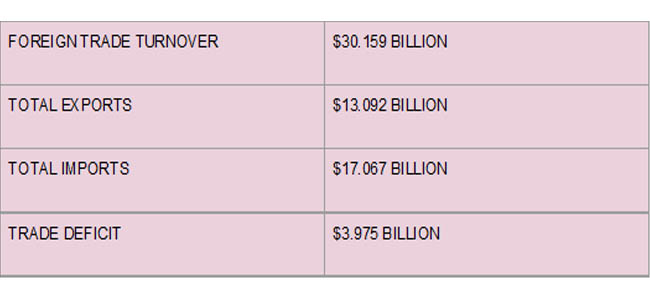
Armenia's Trade Transformation: A Growing Economy
Armenia’s Export Analysis
According to an Import Globals Study on Armenia Export Data, Armenia's exports increased by an astounding 53.1% in 2024, reaching $13.092 billion. Several variables, including enhanced international contacts, easier access to overseas markets, and expansion in important export categories, are responsible for this spike in export value.
With an astounding $5.943 billion in exports, or 34.8% of the total export value, raw or semi-manufactured gold was the highest export from Armenia. Due to its vast deposits and significance in international trade, gold has long been a mainstay of Armenia's export-based economy.
The expansion of these industries, especially in precious metals and high-tech machinery, demonstrates Armenia's expanding export base diversification. Furthermore, the rise in exports of passenger cars points to an expanding automotive industry, which may spur further economic growth.
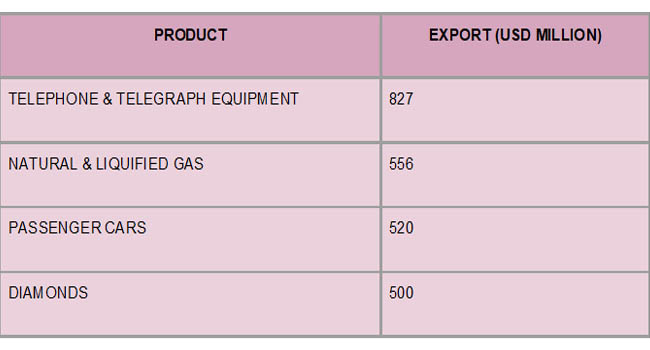
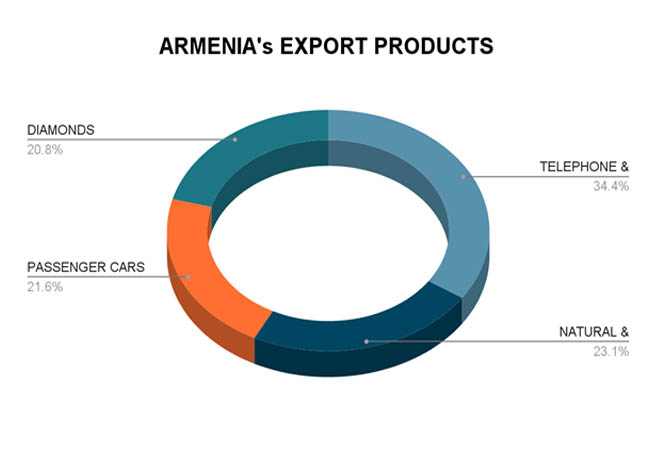 According to a study on Armenia Import Data by IMPORT GLOBALS, imports increased significantly as well, rising by 33.8% to $17.067 billion. For essential supplies and technologies, the nation is still largely dependent on imports. Armenia's reliance on foreign markets for high-value goods that are essential for both industrial usage and consumer demand is highlighted by the importation of electronics, cars, and gold. Among the most popular imports were:
According to a study on Armenia Import Data by IMPORT GLOBALS, imports increased significantly as well, rising by 33.8% to $17.067 billion. For essential supplies and technologies, the nation is still largely dependent on imports. Armenia's reliance on foreign markets for high-value goods that are essential for both industrial usage and consumer demand is highlighted by the importation of electronics, cars, and gold. Among the most popular imports were:

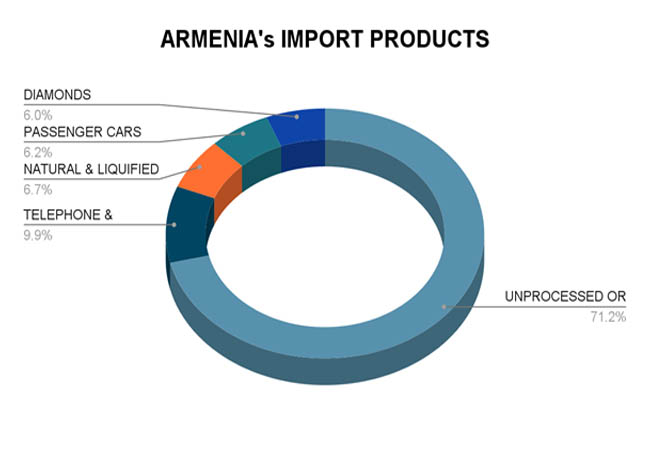
Armenia’s Global Trade: Key Export Destinations
Russia, the United Arab Emirates, and Hong Kong are the three most important countries to which Armenia's exports are progressively being targeted. The rise in exports to unconventional markets like the United Arab Emirates and Hong Kong is indicative of Armenia's growing influence in global commerce, according to a report by Import Globals on Armenia Import Trade Analysis. This demonstrates unequivocally that the nation is expanding its export markets outside its historical dependence on Russia, especially in high-value industries like electronics and precious metals. The main export markets in 2024 were:
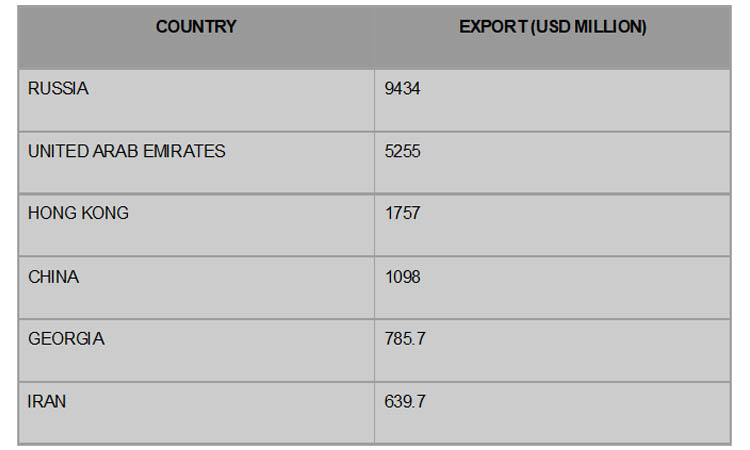
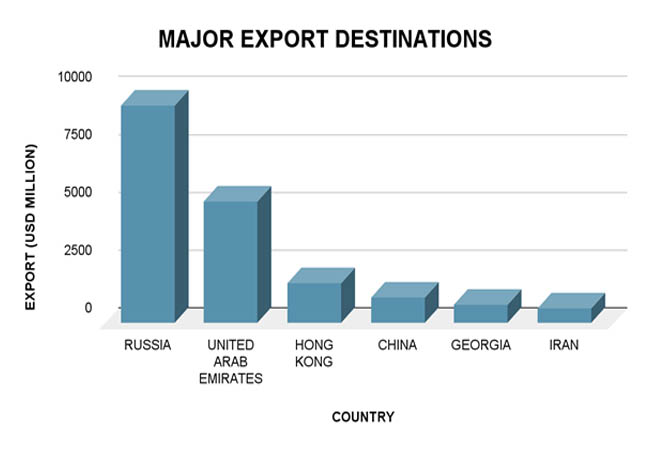
Armenia's Key Import Partners
Conversely, Armenia imports from a wide range of countries, with China and Russia being the main import suppliers. According to a study by Import Globals on Armenia Import Custom Data, although Russia is still Armenia's biggest trading partner, the increase in imports from China and the United Arab Emirates points to a changing global trade pattern that could eventually lessen Armenia's reliance on Russia. In 2024, the following were the main import partners:
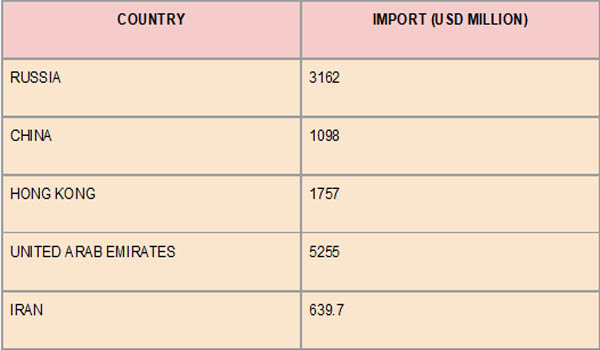
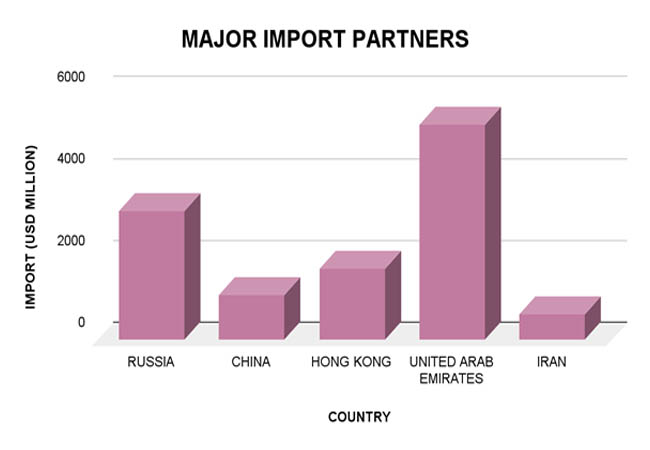
Strategic Implications of Armenia’s Trade Data
The trade dynamics of Armenia in 2024 have several critical ramifications for the nation's future economic development, according to Import Globals' report on Armenia Import Export Trade Data:
Trade Deficit: Armenia has a continuous trade deficit despite substantial export growth, which suggests a continued reliance on imports for necessities, particularly in industries like electronics, cars, and gold. Armenia may need to increase domestic production capacity and diversify its businesses to lower this gap.
Export Market Diversification: Armenia has been successful in diversifying its export destinations, as seen by the considerable increase in shipments to non-traditional markets like the UAE and Hong Kong. Developing relationships with new markets will lessen susceptibility to geopolitical unrest and external economic shocks.
Technology Developments: Armenia has shown advancements in its technology sector, as seen by the rise in exports of telephone and telegraph equipment. Sustained investment in innovative and high-tech sectors might establish the nation as a major force in the world technology market.
Commodities & Precious Metals: According to an Import Globals report on Armenia Export Import Trade Data, a significant portion of Armenia's foreign trade income still comes from the export of gold. Although this is advantageous in the short run, Armenia ought to think about expanding the variety of goods it exports to incorporate more value-added goods, which would yield greater long-term financial gains.
Pricing Trends and Forecasts
Changes in the global market have a significant impact on pricing trends in important industries like electronics, natural gas, and gold. Armenia's export earnings might fluctuate significantly due to the volatility of precious metal prices in particular. For example, demand from key markets and the state of the world economy are predicted to affect gold prices.
According to the Import Globals on Armenia Export Import Trade Data research, the need for high-tech products would only increase, especially in the automotive and technology sectors. Therefore, unless Armenia can increase its local production in these areas, its import bill might keep rising.
Conclusions
Armenia is making great progress in diversifying its export markets and expanding its presence in high-value industries, according to the country's 2024 international trade data, which presents an encouraging picture of export growth. The need for more strategic measures to increase domestic output, lessen dependency on imports, and diversify the nation's economy is highlighted by the widening trade imbalance and reliance on imports.
It will be essential to strike a balance between the advantages of growing its export markets and the difficulties of controlling its import bill, as Armenia Import Export Trade Data states that it is still focused on economic growth. In the upcoming years, Armenia can strive toward attaining sustainable economic development by encouraging innovation, enhancing regional industries, and fortifying international trade ties.
If you are looking for detailed and up-to-date Armenia Import Export Data, you can contact IMPORT GLOBALS. Visit www.importglobals.com or email info@importglobals.com for more information.
FAQs
Que. What is the 2024 trade deficit for Armenia?
Ans. In 2024, Armenia's trade deficit, which represents a discrepancy between imports and exports, is projected to be around $3.975 billion.
Que. In 2024, what are the most popular exports from Armenia?
Ans. Unprocessed or semi-manufactured gold, telegraph and telephone equipment, natural gas, automobiles, and diamonds are among Armenia's biggest exports.
Que. Which nations are Armenia's top export destinations?
Ans. In 2024, Russia, the United Arab Emirates, Hong Kong, China, and Iran will be Armenia's top export destinations.
Que. Where to obtain detailed Armenia Import Export Data?
Ans. Visit www.importglobals.com or email info@importglobals.com for more information on up-to-date Armenia Import Export Data.
